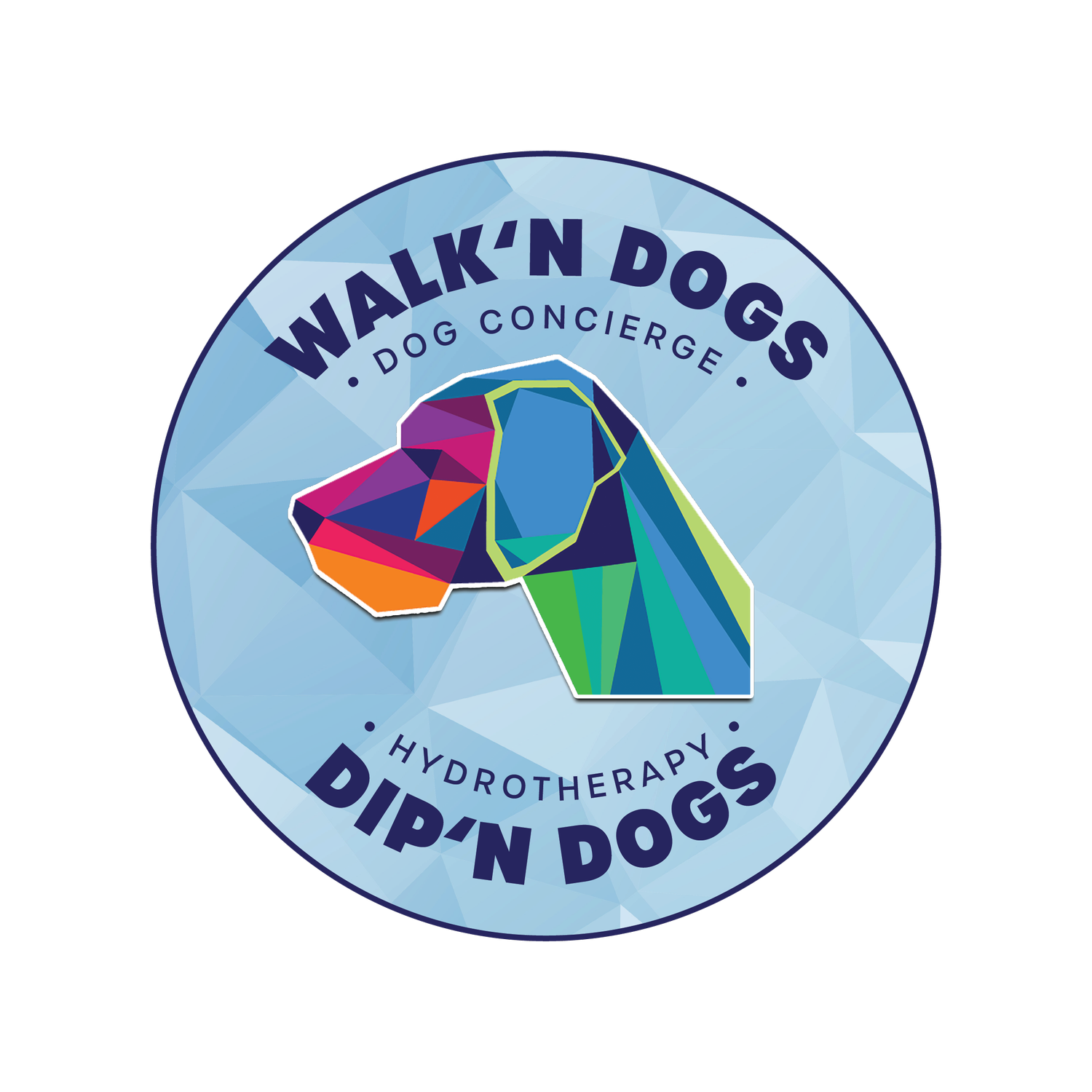The Importance of a Healthy Weight in Dogs
Why Your Dogs Weight Matters
Maintaining a healthy weight is more than just looking good, a “healthy” weight is well…healthier. Correlations between obesity and other health concerns for dogs and cats are plentiful and include: poor quality & quantity of life, osteoarthritis, Intervertebral Disk Disease (IVDD), diabetes, urinary disease, effects the lungs and heart, and more. Severely obese pets tend to have poor flexibility, tire quickly, and tend to not groom themselves well. It does not take much weight loss to see improvement in the quality and ease of movement. An overweight 20 pound pet will improve with a loss of a pound, while an overweight dog of 75 pounds will see improvement with a five pound loss. Dogs of a healthier weight can increase their lifespan up to 15% which is calculated into 2 years of extended life.
Why is Obesity in Dogs So Common?
Many reasons why obesity has become such a large problem, is we simply don’t know what an ideal weight is. As a society, we are so used to seeing overweight pets that pets at ideal weights appear underweight to us. In fact, a short haired breed at an ideal weight will have their last two ribs visible.
Media does little to help, and encourages us to overfeed. We often see advertisements with food being used as a way to express love to our pets. Even feeding guides on the side of pet food bags have large weight ranges and encourage overfeeding. On dog food bags you can see ranges of 20-40 pounds being fed the same amounts of dog food. Another reason for obesity in pets is the quality of dog food. Making sure to only buy healthy, lean and wholesome foods, will not only help to maintain a healthy weight, but can also provide the proper nutrients, minerals and vitamins to your pet, giving them a better quality life and an increased chance of a longer life.
What is an Ideal Weight?
With many mixed breeds and variations of pure breed dogs that exist today, body condition scores can be applied to any breed of dog. The AKC provides an informative list of dog breeds, their size and their ideal weight here.
How Canine Hydrotherapy Can Help
Depending on the age and physical condition of your dog, choosing the safest and most effective exercise for him/her is vital. Fitness swimming and Hydrotherapy are ideal for dogs of any age because they work their entire body, including their physical and mental systems. It is non-weight bearing and it is the most recommended exercise for overweight and obese dogs. Land based exercises continue to put pressure on joints and muscles which also leaves room for injury, especially in dogs who have extra weight. Holistic and natural swimming is the most recommended exercise for dogs struggling with weight loss. Of course, check with your veterinarian to see if your dog is healthy enough to start hydrotherapy and/or fitness swimming and if you have any questions regarding where to start, contact us for advice!
Tips for Weight Loss in Dogs
Establish a weight loss goal and plan
Work with your veterinarian to determine the ideal weight for your pet
Educate yourself on how to read the labels on pet foods and treats
Use a measuring cup to measure your pet’s food
Find healthier alternatives to high calorie treats
Cut large treats in half
Purchase smaller treats
Use vegetables and fruits instead of cookies for rewards (Green Beans are great)
Carrots and some fruits have more sugar than green beans, so give in moderation
Set aside the daily allowance of treats for the day
Encourage your pet to be more active (walks, play, fetch, swimming)
Make a list of things your pet loves to do that doesn’t involve food
Replace food rewards with play, toys, or activities
Monitor progress, celebrate successes, and don’t fret over setbacks!
During weight loss, your pet will look leaner before the scale reflects the weight loss
If you are having problems getting success and metabolic disorders have been ruled out, seek guidance from a veterinary rehabilitation facility for additional help


